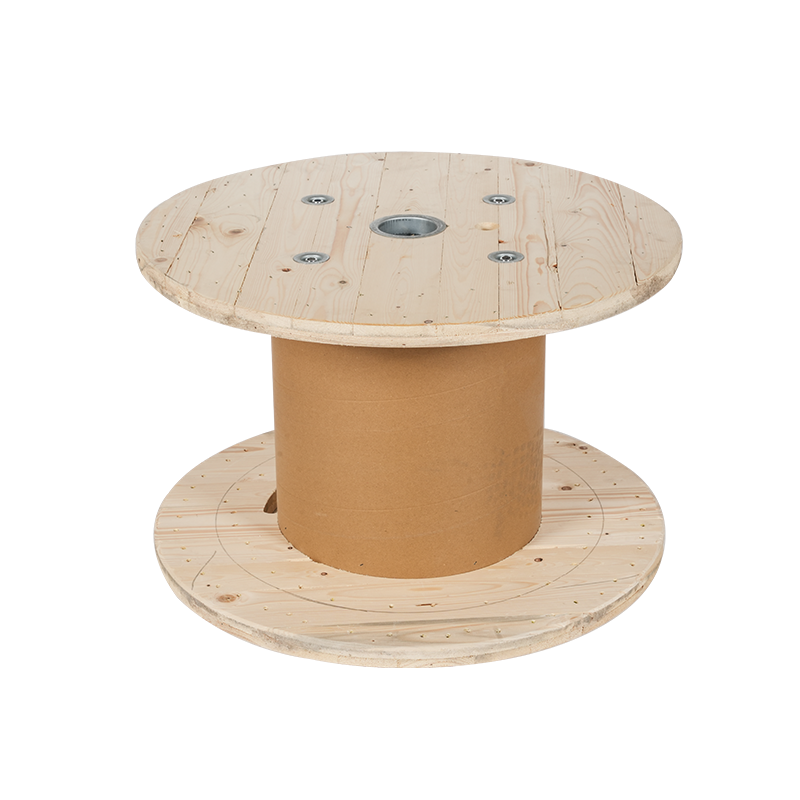May 12, 2025
In the realm of industrial logistics and electrical infrastructure, cable drum are silent workhorses—massive spools that hold and transport vital cabling for projects of every scale. Given their critical role, improper storage isn't just a risk—it’s a liability. Without strategic handling and safeguarding, cable drums can deteriorate swiftly, leading to compromised cables, project delays, and steep financial setbacks.
To ensure the integrity of both the drum and its contents, meticulous storage practices are not merely advisable—they are essential.
Vertical Positioning: The Gold Standard
Cable drums must be stored upright on their flanges—never on their sides. Laying them flat exerts uneven pressure on the drum and cable, potentially deforming the structure or causing internal tension that weakens the cable. Vertical positioning ensures that weight is evenly distributed, preserving both the mechanical stability of the drum and the quality of the cable wound around it.
Solid, Level Grounding
A drum is only as secure as the surface it rests upon. Drums should be stored on firm, level terrain—ideally concrete or stabilized gravel. Uneven or soft ground invites tipping, warping, or even partial burial of the lower flange, especially under inclement weather. If a storage area is prone to water accumulation, elevation on treated timber blocks or steel runners prevents moisture ingress and flange decay.
Protection from the Elements
Cable drums are vulnerable to the corrosive effects of the environment. Prolonged exposure to rain, sunlight, or snow can degrade both wooden flanges and cable insulation. To mitigate this, outdoor storage must include proper sheathing: UV-resistant covers, waterproof tarpaulins, or protective sheds. However, covers should be ventilated to avoid condensation buildup, which can be just as destructive as direct water exposure.
Avoiding Mechanical Stress
Drums should never be stacked—regardless of their size or perceived strength. Stacking induces lateral stress that can cause flange cracking, cable compression, or deformation. Additionally, drums must be chocked or secured to prevent unintentional rolling, especially in areas with frequent vehicular movement or slope gradients.

Rotation and Inspection
For drums stored over extended periods, periodic rotation is vital. This helps prevent flat spots from forming on the cable and reduces the risk of compression damage. Routine inspections should also be conducted to identify signs of weathering, infestation, or structural fatigue in the drum.
Proper Labeling and Inventory Management
Each drum should be clearly labeled with specifications, handling instructions, and tracking identifiers. This not only streamlines retrieval and deployment but also ensures that drums aren’t mishandled due to miscommunication or oversight.
Indoor Storage for High-Value or Sensitive Cable
When the cable in question is highly specialized or particularly susceptible to temperature or humidity variations—such as fiber-optic or insulated power cables—indoor storage is preferable. Climate-controlled warehouses or enclosed bays provide an additional layer of protection that ensures long-term reliability.
Storing cable drums properly isn’t an operational afterthought—it’s a strategic necessity. By implementing structured, thoughtful storage protocols, companies protect their assets, ensure project continuity, and uphold safety standards. In an industry where precision matters, even the storage of a spool can make or break the outcome.